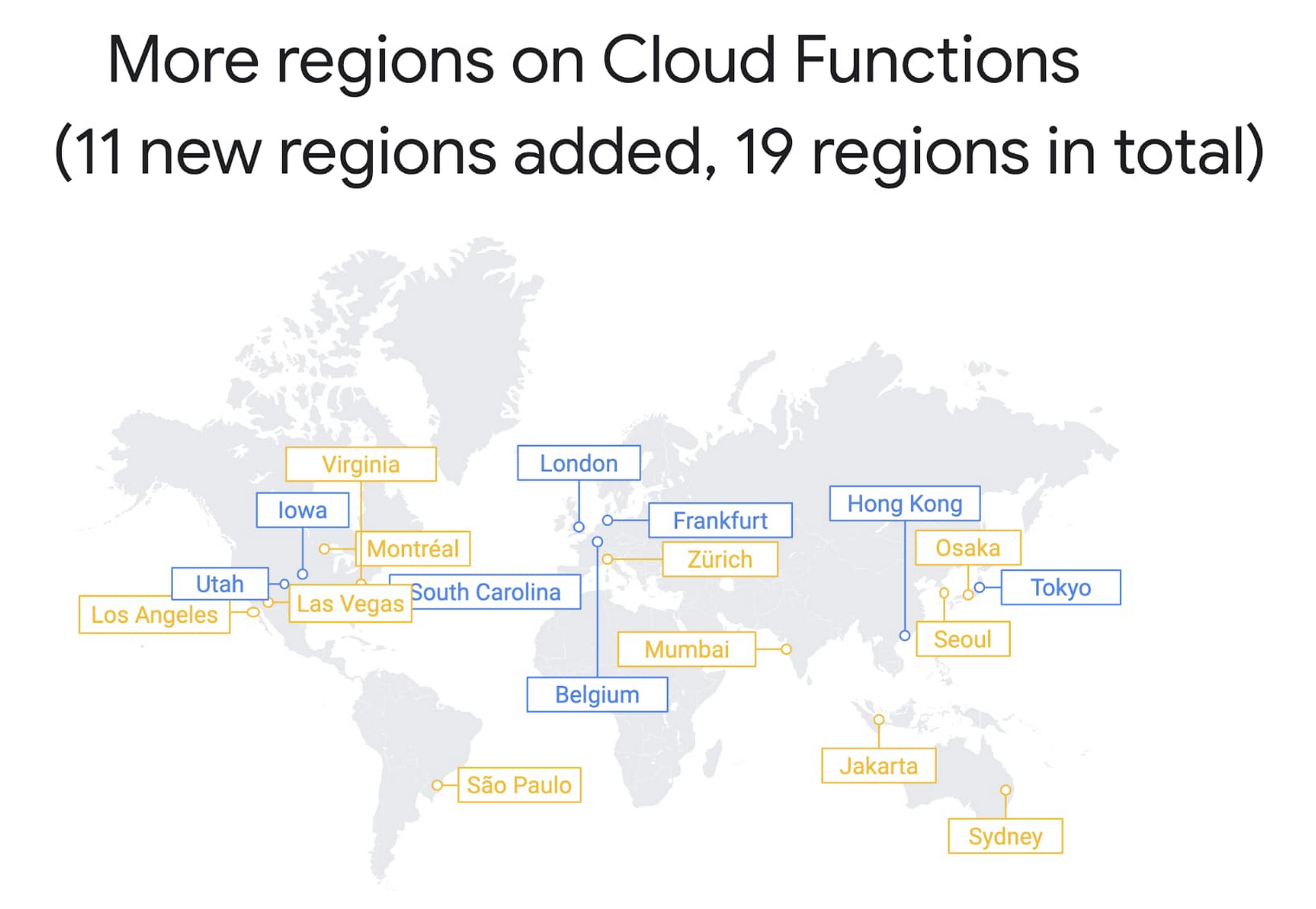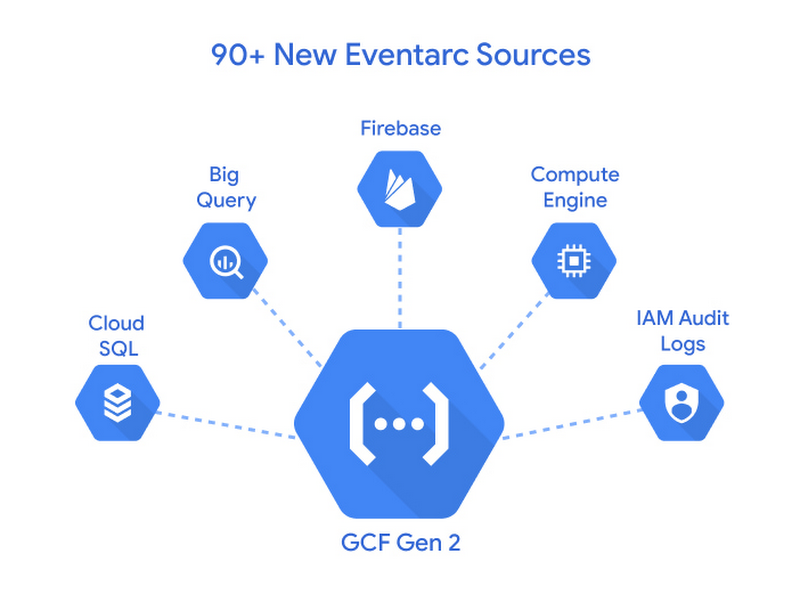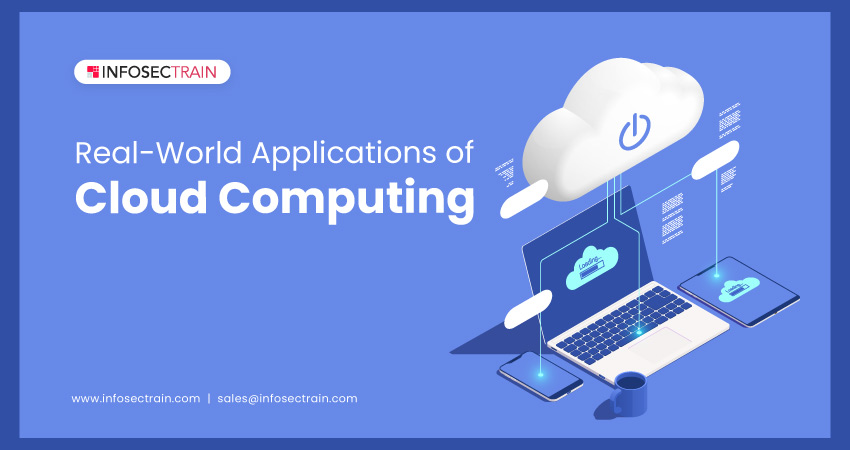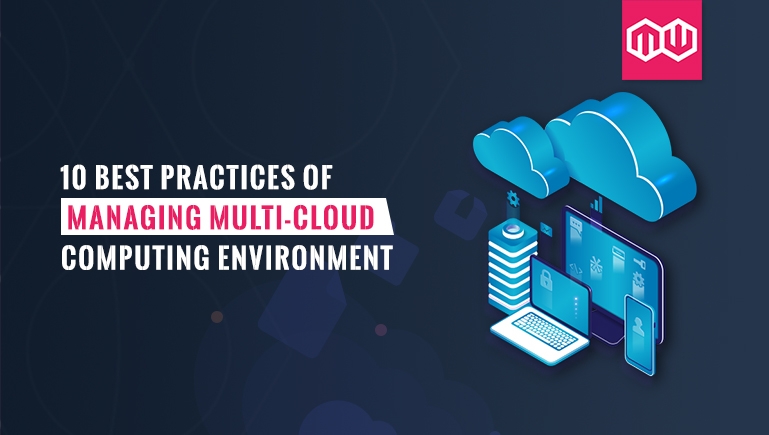What are Cloud Functions? An Overview of Serverless Computing
Cloud functions are a type of serverless computing that allows developers to run code in response to specific events or triggers. With cloud functions, developers can build and deploy applications without having to manage servers or infrastructure. This approach offers several benefits, including reduced infrastructure costs, increased scalability, and faster development cycles.
In traditional server-based computing, developers must provision and manage servers to run their applications. This process can be time-consuming and expensive, especially for small-scale projects or applications with unpredictable traffic patterns. Cloud functions eliminate the need for server management, allowing developers to focus on writing code and delivering value to their users.
Cloud functions are designed to be highly scalable and flexible. They can be triggered by a variety of events, such as changes to a database, the arrival of a message in a queue, or the upload of a file to a storage service. When an event occurs, the cloud function is automatically executed, running the necessary code to process the event and perform any required actions.
One of the key benefits of cloud functions is their ability to scale automatically. When traffic to an application increases, the cloud functions provider can automatically allocate more resources to handle the load. Conversely, when traffic decreases, the provider can scale back resources to save costs. This approach offers a high degree of flexibility and efficiency, allowing developers to build applications that can handle unpredictable traffic patterns without incurring unnecessary infrastructure costs.
Another benefit of cloud functions is their potential to speed up development cycles. By eliminating the need for server management, cloud functions allow developers to focus on writing code and delivering value to their users. Additionally, many cloud functions providers offer pre-built templates and integrations with popular services, making it easier to build and deploy applications quickly.
In summary, cloud functions are a type of serverless computing that allows developers to run code in response to specific events or triggers. By eliminating the need for server management, cloud functions offer several benefits, including reduced infrastructure costs, increased scalability, and faster development cycles. As the use of cloud functions continues to grow, we can expect to see new and innovative applications of this technology in the future.
Key Players in the Cloud Functions Market
Cloud functions have become increasingly popular in recent years, and several major cloud providers now offer their own serverless computing services. Here are some of the key players in the cloud functions market:
AWS Lambda
AWS Lambda is a serverless computing service offered by Amazon Web Services (AWS). With AWS Lambda, developers can run code in response to events and automatically manage the underlying infrastructure. AWS Lambda supports several programming languages, including Node.js, Python, Java, and C#. It also offers a variety of integrations with other AWS services, such as Amazon S3, Amazon DynamoDB, and Amazon SQS.
Google Cloud Functions
Google Cloud Functions is a serverless computing service offered by Google Cloud Platform. It allows developers to run code in response to events and automatically manage the underlying infrastructure. Google Cloud Functions supports several programming languages, including Node.js, Python, and Go. It also offers integrations with other Google Cloud services, such as Google Cloud Storage, Google Cloud Pub/Sub, and Google Firebase.
Microsoft Azure Functions
Microsoft Azure Functions is a serverless computing service offered by Microsoft Azure. It allows developers to run code in response to events and automatically manage the underlying infrastructure. Azure Functions supports several programming languages, including Node.js, C#, F#, and Java. It also offers integrations with other Azure services, such as Azure Blob Storage, Azure Service Bus, and Azure Cosmos DB.
Each of these cloud providers offers unique features and strengths when it comes to cloud functions. For example, AWS Lambda is known for its extensive integrations with other AWS services, while Google Cloud Functions is known for its support for real-time data processing with Google Cloud Pub/Sub. Microsoft Azure Functions, on the other hand, offers seamless integration with other Microsoft products, such as Power Automate and Power Apps.
When choosing a cloud provider for cloud functions, developers should consider several factors, such as the programming languages they want to use, the integrations they need, and the cost of the service. By carefully evaluating their options, developers can choose the cloud provider that best meets their needs and helps them build scalable, efficient, and cost-effective applications.
How to Implement Cloud Functions: A Step-by-Step Guide
Implementing cloud functions can be a complex process, but with the right guide, it can be done efficiently and effectively. Here’s a step-by-step guide to implementing cloud functions:
Step 1: Set Up a Serverless Environment
The first step in implementing cloud functions is to set up a serverless environment. This involves creating an account with a cloud provider that offers cloud functions, such as AWS Lambda, Google Cloud Functions, or Microsoft Azure Functions. Once you have created an account, you can create a new serverless project and configure your environment settings.
Step 2: Write Your Code
Once you have set up your serverless environment, you can start writing your code. Cloud functions are typically written in a specific programming language, such as Node.js, Python, or Java. When writing your code, make sure to follow best practices for cloud functions development, such as optimizing your code for performance, handling errors and exceptions, and ensuring security and compliance.
Step 3: Deploy Your Code
After writing your code, you can deploy it to your serverless environment. This involves uploading your code to the cloud provider and configuring your function triggers and resources. When deploying your code, make sure to test it thoroughly to ensure that it is functioning correctly.
Step 4: Monitor and Manage Your Functions
Once your cloud functions are deployed, you can monitor and manage them using the cloud provider’s management console. This involves tracking your function’s performance, debugging errors, and scaling your functions as needed. When monitoring and managing your functions, make sure to follow best practices for cloud functions management, such as setting up alerts and notifications, configuring access controls, and regularly reviewing your function logs.
Real-world examples can be helpful when illustrating the process of implementing cloud functions. For instance, if you were implementing a cloud function to process data in real-time, you might write your code using Node.js, deploy it to AWS Lambda, and monitor its performance using Amazon CloudWatch. By following these steps and using real-world examples, you can successfully implement cloud functions in your infrastructure.
Real-World Applications of Cloud Functions
Cloud functions have become increasingly popular in recent years, and many companies have successfully implemented them in their infrastructure. Here are some real-world applications of cloud functions:
Data Processing
Cloud functions are often used for data processing tasks, such as cleaning, transforming, and aggregating data. For example, a company might use cloud functions to process data from various sources, such as social media feeds, IoT devices, and APIs, and then store the processed data in a database. By using cloud functions for data processing, companies can reduce the time and resources required to process large volumes of data.
IoT Device Management
Cloud functions are also used for IoT device management, such as provisioning, configuring, and monitoring IoT devices. For example, a company might use cloud functions to automatically provision new IoT devices, configure their settings, and monitor their status. By using cloud functions for IoT device management, companies can reduce the complexity and cost of managing large fleets of IoT devices.
Web Application Backends
Cloud functions are often used for web application backends, such as handling user authentication, processing form data, and generating dynamic content. For example, a company might use cloud functions to handle user authentication for a web application, process form data submitted by users, and generate dynamic content based on user input. By using cloud functions for web application backends, companies can reduce the complexity and cost of managing web application servers.
Some examples of companies that have successfully implemented cloud functions in their infrastructure include Netflix, which uses AWS Lambda to power its recommendation engine, and Coca-Cola, which uses Google Cloud Functions to process data from IoT devices in its vending machines. By using cloud functions, these companies have been able to reduce infrastructure costs, increase scalability, and accelerate development cycles.
Best Practices for Cloud Functions Development
Developing and deploying cloud functions can be a complex process, but by following best practices, you can ensure that your functions are optimized for performance, security, and scalability. Here are some tips and best practices for developing and deploying cloud functions:
Optimize Code for Performance
When writing code for cloud functions, it’s important to optimize it for performance. This means writing efficient code that can handle large volumes of data and requests. Some best practices for optimizing code for performance include using asynchronous programming, caching data, and minimizing network requests.
Handle Errors and Exceptions
When developing cloud functions, it’s important to handle errors and exceptions effectively. This means writing code that can handle unexpected errors and exceptions, such as network failures, timeouts, and invalid input. By handling errors and exceptions effectively, you can ensure that your functions are reliable and resilient.
Ensure Security and Compliance
When developing cloud functions, it’s important to ensure that they are secure and compliant with relevant regulations and standards. This means writing code that is free from vulnerabilities, such as SQL injection and cross-site scripting (XSS), and implementing appropriate access controls and authentication mechanisms.
Monitor and Manage Functions
Once you have deployed your cloud functions, it’s important to monitor and manage them effectively. This means tracking their performance, debugging errors, and scaling them as needed. When monitoring and managing cloud functions, make sure to follow best practices for cloud functions management, such as setting up alerts and notifications, configuring access controls, and regularly reviewing your function logs.
By following these best practices for developing and deploying cloud functions, you can ensure that your functions are optimized for performance, security, and scalability. By incorporating innovative and creative concepts, such as real-world examples and actionable tips, you can provide value and usefulness to your readers and establish yourself as a thought leader in the cloud functions market.
Challenges and Limitations of Cloud Functions
While cloud functions offer many benefits, such as reduced infrastructure costs, increased scalability, and faster development cycles, they also come with some potential drawbacks and limitations. Here are some of the challenges and limitations of using cloud functions, along with strategies for mitigating them:
Vendor Lock-In
One of the challenges of using cloud functions is vendor lock-in. This means that if you develop your functions using a specific cloud provider’s platform, it can be difficult and costly to migrate them to another provider’s platform. To mitigate this challenge, consider using open standards and multi-cloud platforms that allow you to deploy your functions across multiple cloud providers.
Cold Start Latency
Another challenge of using cloud functions is cold start latency. This means that if a function has not been used for a while, it can take longer to start up and execute. To mitigate this challenge, consider using warm-up strategies, such as periodically invoking the function to keep it active and responsive.
Limited Customization Options
Cloud functions also come with limited customization options. This means that you may not be able to configure the underlying infrastructure or resources to meet your specific needs. To mitigate this challenge, consider using custom runtime environments or containers that allow you to customize the runtime environment and resources for your functions.
By understanding and addressing these challenges and limitations, you can ensure that your cloud functions are optimized for performance, security, and scalability. By incorporating innovative and creative concepts, such as real-world examples and actionable tips, you can provide value and usefulness to your readers and establish yourself as a thought leader in the cloud functions market.
The Future of Cloud Functions: Trends and Predictions
Cloud functions have become an increasingly popular choice for serverless computing, offering numerous benefits such as reduced infrastructure costs, increased scalability, and faster development cycles. As the technology continues to evolve, we can expect to see several emerging trends and predictions in the cloud functions market.
Adoption of Open Standards
One trend we can expect to see is the adoption of open standards for cloud functions. Open standards allow for greater interoperability and portability between cloud providers, reducing vendor lock-in and increasing flexibility. The Cloud Native Computing Foundation (CNCF), for example, has launched the CloudEvents specification, which aims to standardize the way events are sent and received by cloud functions.
Growth of Edge Computing
Another trend is the growth of edge computing, which involves processing data closer to the source rather than in a centralized data center. Cloud functions are well-suited for edge computing, as they can be triggered by events generated by IoT devices and other edge systems. As edge computing continues to grow, we can expect to see more cloud functions deployed at the edge to process and analyze data in real-time.
Integration of Machine Learning and AI
Machine learning and AI are becoming increasingly important in serverless computing, and cloud functions are no exception. Cloud functions can be used to train and deploy machine learning models, as well as to perform real-time data analysis and prediction. As machine learning and AI continue to evolve, we can expect to see more cloud functions integrated with these technologies to provide intelligent and automated solutions.
In conclusion, the future of cloud functions looks bright, with several emerging trends and predictions in the market. By adopting open standards, leveraging edge computing, and integrating machine learning and AI, cloud functions can provide even greater value and utility to businesses and developers. By staying up-to-date with these trends and predictions, you can ensure that your cloud functions are optimized for performance, security, and scalability, and that you are well-positioned to take advantage of the opportunities presented by serverless computing.







